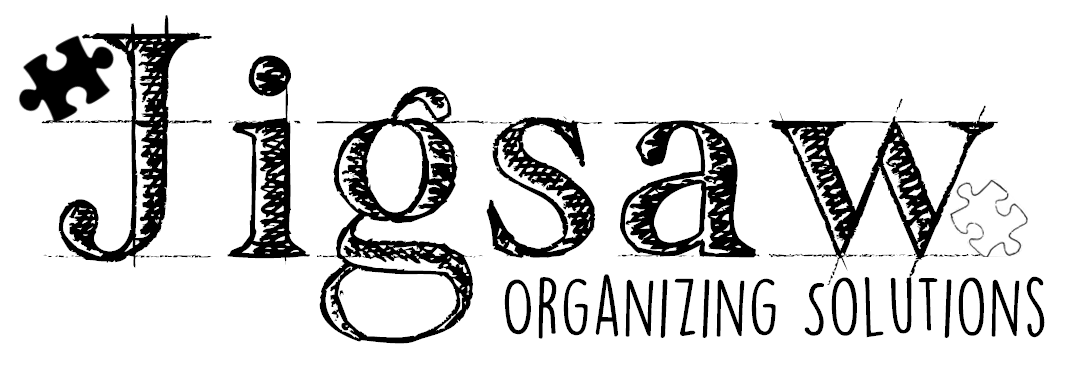When preparing your space for a new baby, there are many things to consider. The important thing is that your space works for you as a parent, and with your lifestyle. Here are some tips that may be helpful for you as you set up and organize your nursery. I’ve included links to a few products from our friends over at SpeciallyMe, a local online shop that sells products and blogs about all things pregnancy and baby! Check out their blog about preparing your home for baby’s arrival.
1. Set Up Boundaries. I’m not talking baby gates and latches, but rather the boundaries of what comes into your home (from well-meaning people). Having conversations with friends and family members now about what is important to you (and maybe how you don’t want your space to be overrun with toys and clothing that your baby just doesn’t need) is crucial. Decide what is an acceptable amount of stuff for your space, and make sure that you say no when you don’t want something. Setting up these boundaries will help in the long run to keep your space organized and clutter-free. Having a baby registry is helpful for this, so maybe have an on-going one for when your child gets older so people always know what items are wanted and helpful.
2. Create Zones. The key to organization is to have a place for everything. This is especially true in a nursery because the items you are looking for are often urgent. Have a feeding station complete with a comfortable chair and all your essential supplies: receiving blankets/burp cloths, nipple cream, nursing pads, snacks and a book/tablet for yourself, and silicone breast milk collector cups for in-between feedings. Keeping all the items you could need close at hand will ensure a more comfortable feeding.
3. Contain Items. Another zone you want to create is a changing station, complete with a section to hold all your essential items like diapers, creams and lotions, swaddles, toys and pacifiers. Have a caddy or some sort of divided container on a counter to store these items for easy access (especially when only one hand is available). Have extra supplies or “overstock” nearby to restock whenever you need.
4. Document Memories. Your baby will receive documents and identification forms that need to be stored in a safe and organized manner for future reference. Create a filing system for these papers (categories like birth certificate/SIN, keepsakes, milestones, medical, immunization, insurance, articles, receipts/warranties, manuals, misc) and keep on top of it regularly to ensure you aren’t keeping unnecessary papers and articles. If you are the type to journal or scrapbook, try using a keepsake journal to document all the special moments during pregnancy or after the baby is born.
5. Make Use of Space. If you find yourself running out of room, get creative with your space! Use your vertical space with shelving along the wall below the ceiling to store non-essential items, use the space under the crib to store extra linens or diapers, and add more shelving in your closet for hidden storage. Remember to go through your items regularly to make sure you are only keeping things you want and need.
6. Store for Future. Have an area in your home to store future clothes (or smaller ones for future babies), but have a time limit on them that is reasonable and pass them along when this time frame has passed. Sort the items by type of clothing (sleepers, onesies, pants, shirts, socks) and by size, and label them so you can easily pass on specific things you know you no longer need. If you have a couple items that you want to keep for sentimental reasons, store those separately in a keepsake container (labelled and stored in a safe place).
7. Organize Space For YOU. Whether your aesthetic is minimalist or more colourful, having your items be stored in a tidy manner will make it easier to manage. You don’t have to file fold or roll your baby clothes in drawers, but doing so may make it easier to see what you have. You don’t have to have divided hangers to separate sizes of clothing, but it may make it easier to pass on clothes that no longer fit. Do what works best for you, and what is easy for you to maintain when life is most hectic. It can be discouraging to feel that you have to keep up certain kind of organization, but just know that whatever is functional for you is perfect.










